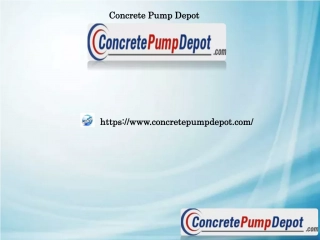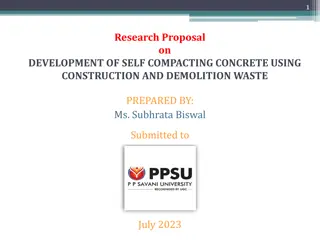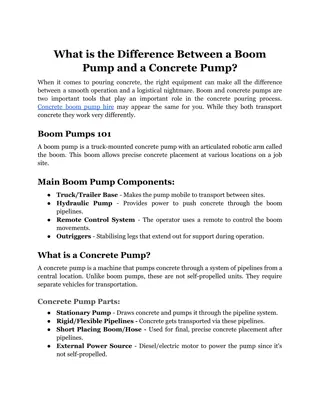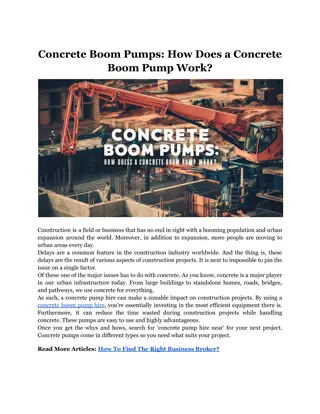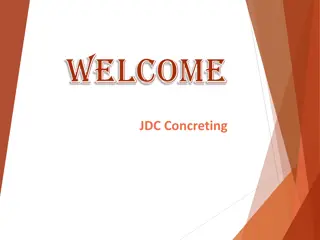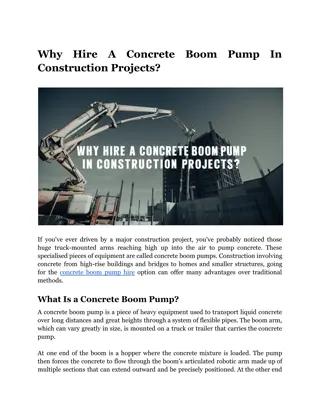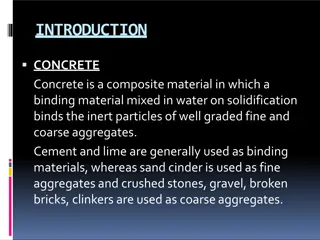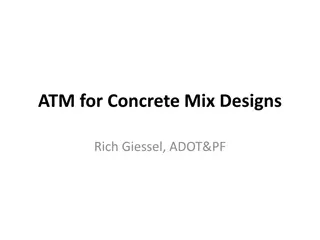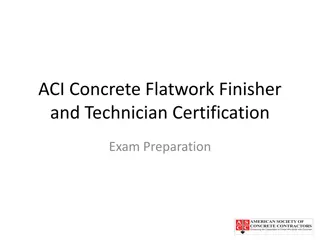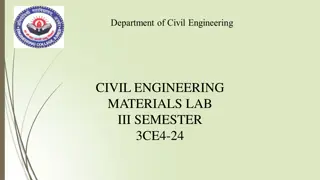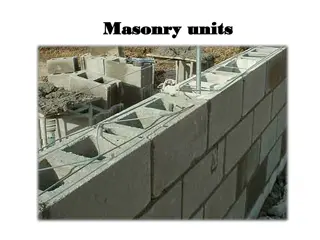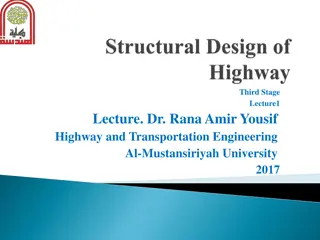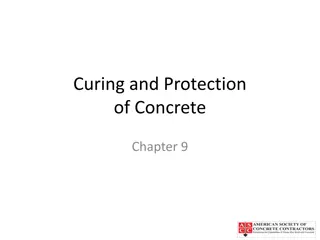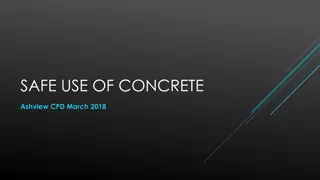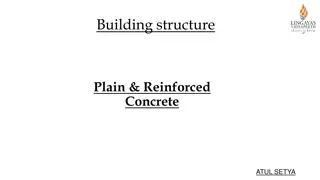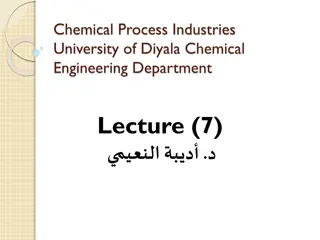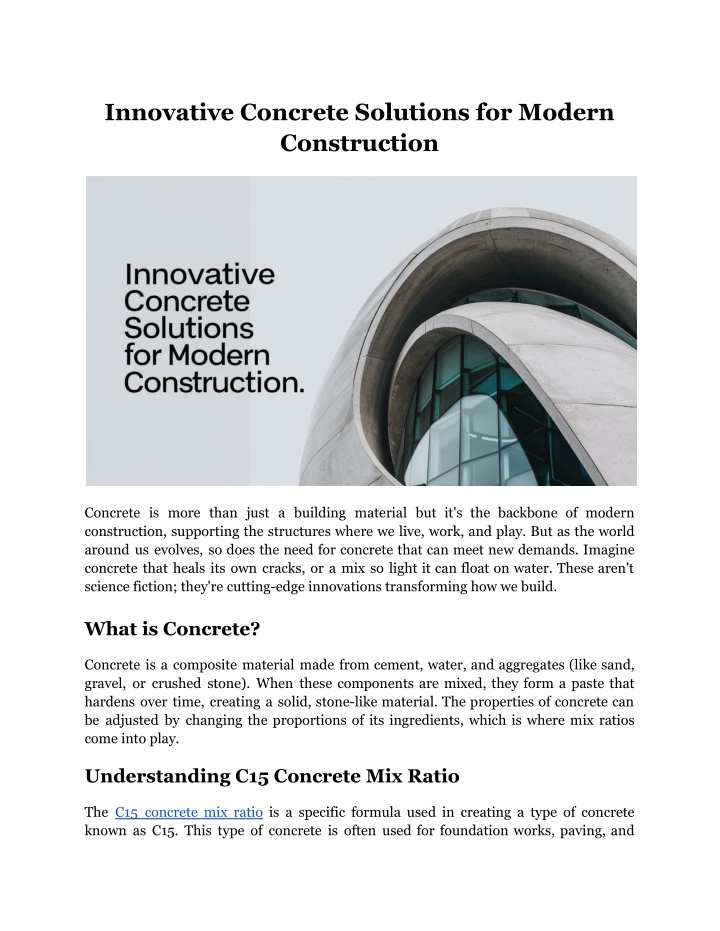
Innovative Concrete Solutions for Modern Construction
Discover the latest in concrete innovations shaping the future of construction. Elevate your projects today.n
Download Presentation

Please find below an Image/Link to download the presentation.
The content on the website is provided AS IS for your information and personal use only. It may not be sold, licensed, or shared on other websites without obtaining consent from the author. If you encounter any issues during the download, it is possible that the publisher has removed the file from their server.
You are allowed to download the files provided on this website for personal or commercial use, subject to the condition that they are used lawfully. All files are the property of their respective owners.
The content on the website is provided AS IS for your information and personal use only. It may not be sold, licensed, or shared on other websites without obtaining consent from the author.
E N D
Presentation Transcript
Innovative Concrete Solutions for Modern Construction Concrete is more than just a building material but it's the backbone of modern construction, supporting the structures where we live, work, and play. But as the world around us evolves, so does the need for concrete that can meet new demands. Imagine concrete that heals its own cracks, or a mix so light it can float on water. These aren't science fiction; they're cutting-edge innovations transforming how we build. What is Concrete? Concrete is a composite material made from cement, water, and aggregates (like sand, gravel, or crushed stone). When these components are mixed, they form a paste that hardens over time, creating a solid, stone-like material. The properties of concrete can be adjusted by changing the proportions of its ingredients, which is where mix ratios come into play. Understanding C15 Concrete Mix Ratio The C15 concrete mix ratio is a specific formula used in creating a type of concrete known as C15. This type of concrete is often used for foundation works, paving, and
floor screeds. The mix ratio for C15 concrete is typically 1 part cement, 2 parts sand, and 4 parts gravel. This means that for every unit of cement, you need two units of sand and four units of gravel. Here s a simple table about the C15 ratio: Ingredie nt Rati o Usage Cement 1 Provides the bonding element Sand 2 Fills workability voids and improves Gravel 4 Adds strength and bulk to the concrete Read More Article: Cybersecurity Solutions for Manufacturing: Protecting Industrial Control Systems Innovative Concrete Solutions A few of them are listed below: 1. High-Performance Concrete (HPC) High-Performance Concrete (HPC) is designed to provide superior strength and durability. It is made with special admixtures that enhance its properties, making it more resistant to environmental factors such as extreme temperatures, chemicals, and wear and tear. HPC is ideal for structures that require high strength, such as bridges, skyscrapers, and marine structures. 2. Self-Healing Concrete One of the most exciting innovations in concrete technology is self-healing concrete. This type of concrete can repair its own cracks through the use of bacteria or special polymers that react with water and carbon dioxide to form limestone. This process helps to seal cracks and prevent further damage, extending the lifespan of the structure and reducing maintenance costs. 3. Ultra-High-Performance Concrete (UHPC)
Ultra-high-performance concrete (UHPC) is a newer type of concrete that offers exceptional strength and durability. It is made with very fine particles and fibers that provide additional reinforcement. UHPC is capable of withstanding heavy loads and harsh environments, making it suitable for use in infrastructure projects such as bridges and highways. 4. Green Concrete As sustainability becomes increasingly important in construction, green concrete is gaining popularity. Green concrete is made with recycled materials, such as fly ash, slag, and recycled aggregates, which reduce the need for virgin materials and lower the carbon footprint of the concrete. This type of concrete is environmentally friendly and helps promote sustainable construction practices. 5. Lightweight Concrete Lightweight concrete is made with lightweight aggregates such as expanded clay or shale. It has a lower density than traditional concrete, making it easier to handle and transport. Lightweight concrete is often used in projects where weight reduction is essential, such as in high-rise buildings and long-span bridges. Benefits of Innovative Concrete Solutions Innovative performance and sustainability of construction projects. Some of the main advantages include: concrete solutions offer numerous benefits that can enhance the Enhanced Durability: Advanced concrete mixes are designed to withstand harsh conditions, reducing the need for frequent repairs and maintenance. Increased Strength: High-performance and ultra-high-performance concretes provide superior strength, allowing for the construction of more robust and resilient structures. Sustainability: Green concrete and other eco-friendly mixes help reduce the environmental impact of construction by using recycled materials and lowering carbon emissions. Cost Savings: While some innovative concrete solutions may have higher initial costs, they often lead to long-term savings through reduced maintenance and longer lifespan of structures. Improved Workability: Certain concrete mixes, like lightweight concrete, are easier to handle and place, speeding up construction times and reducing labor costs.
Applications of Innovative Concrete Solutions The use of innovative concrete solutions is expanding across various sectors of the construction industry. A few notable applications include: Infrastructure Projects: Bridges, tunnels, and highways benefit from the strength and durability of high-performance and ultra-high-performance concrete. Commercial Buildings: Skyscrapers and large commercial buildings use these advanced concrete to support heavy loads and provide long-lasting structures. Residential Construction: Green concrete is increasingly used in residential projects to promote sustainability and reduce environmental impact. Marine Structures: Self-healing concrete is ideal for marine environments where structures are exposed to constant moisture and salt water, which can cause damage over time. Read More Article: Cybersecurity Solutions for Real Estate: Securing Transactions and Client Data Future Trends in Concrete Technology The future of concrete technology is promising, with ongoing research and development leading to even more innovative solutions. Some trends to watch for include: 3D Printing with Concrete: Advances in 3D printing technology are enabling the construction of complex concrete structures with precision and efficiency. This method reduces waste and allows for the creation of custom designs. Nanotechnology: The incorporation of nanoparticles into concrete can improve its properties, such as strength, durability, and resistance to cracks and corrosion. Smart Concrete: Smart concrete integrates sensors and other technologies to monitor the condition of the structure in real time. This allows for proactive maintenance and early detection of potential issues. Bio-Based Concrete: Researchers are exploring the use of bio-based materials, such as biopolymers and natural environmentally friendly concrete. fibers, to create sustainable and Conclusion As technology continues to advance, the potential for innovative concrete solutions will only grow, making it an exciting time for the construction industry.
Are you ready for your top-notch construction project with top-quality concrete? Pro-Mix Concrete offers a range of concrete solutions, including the versatile and reliable C15 concrete mix. Our expert team is dedicated to providing you with the best materials for any project. Site Article: Innovative Concrete Solutions for Modern Construction

